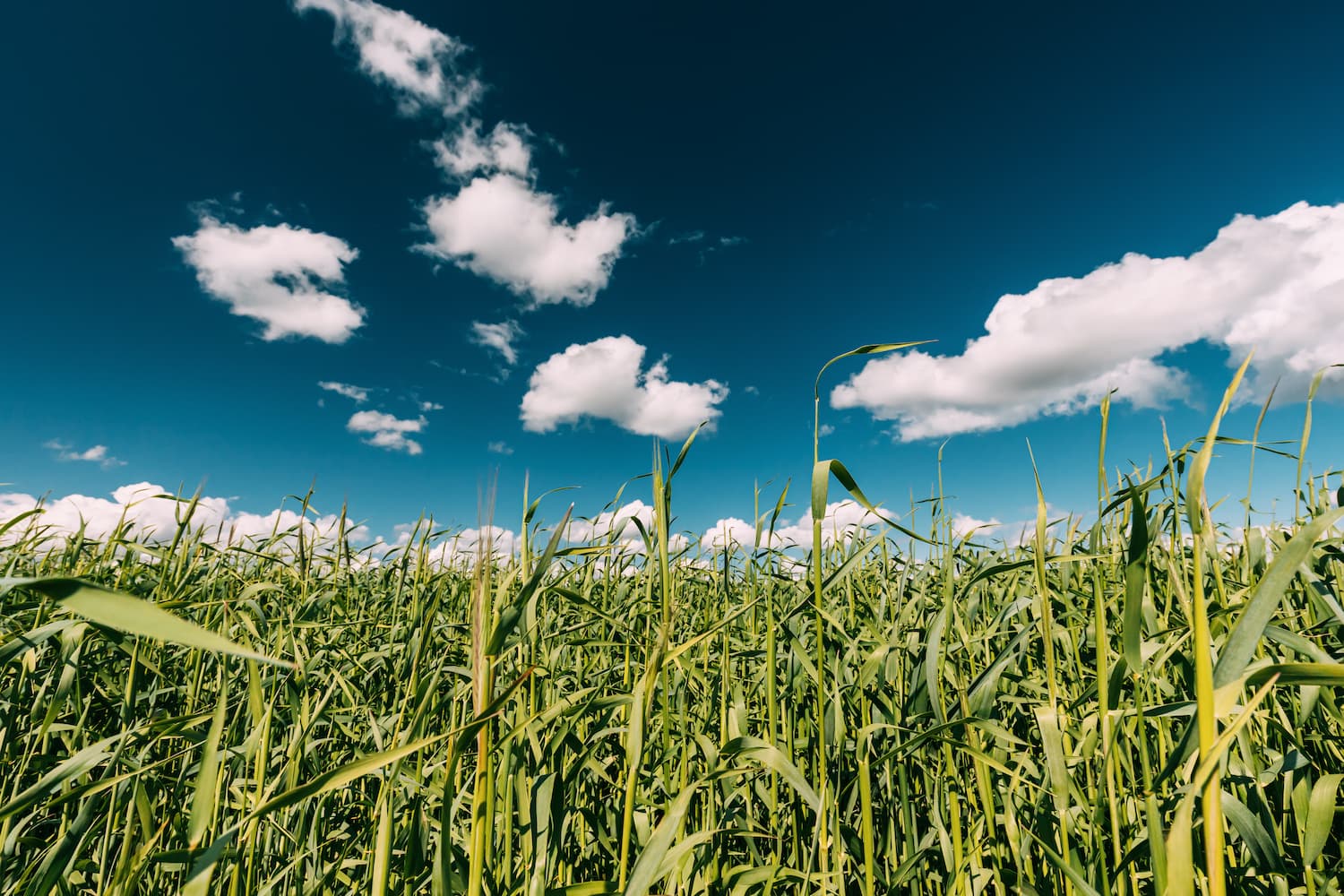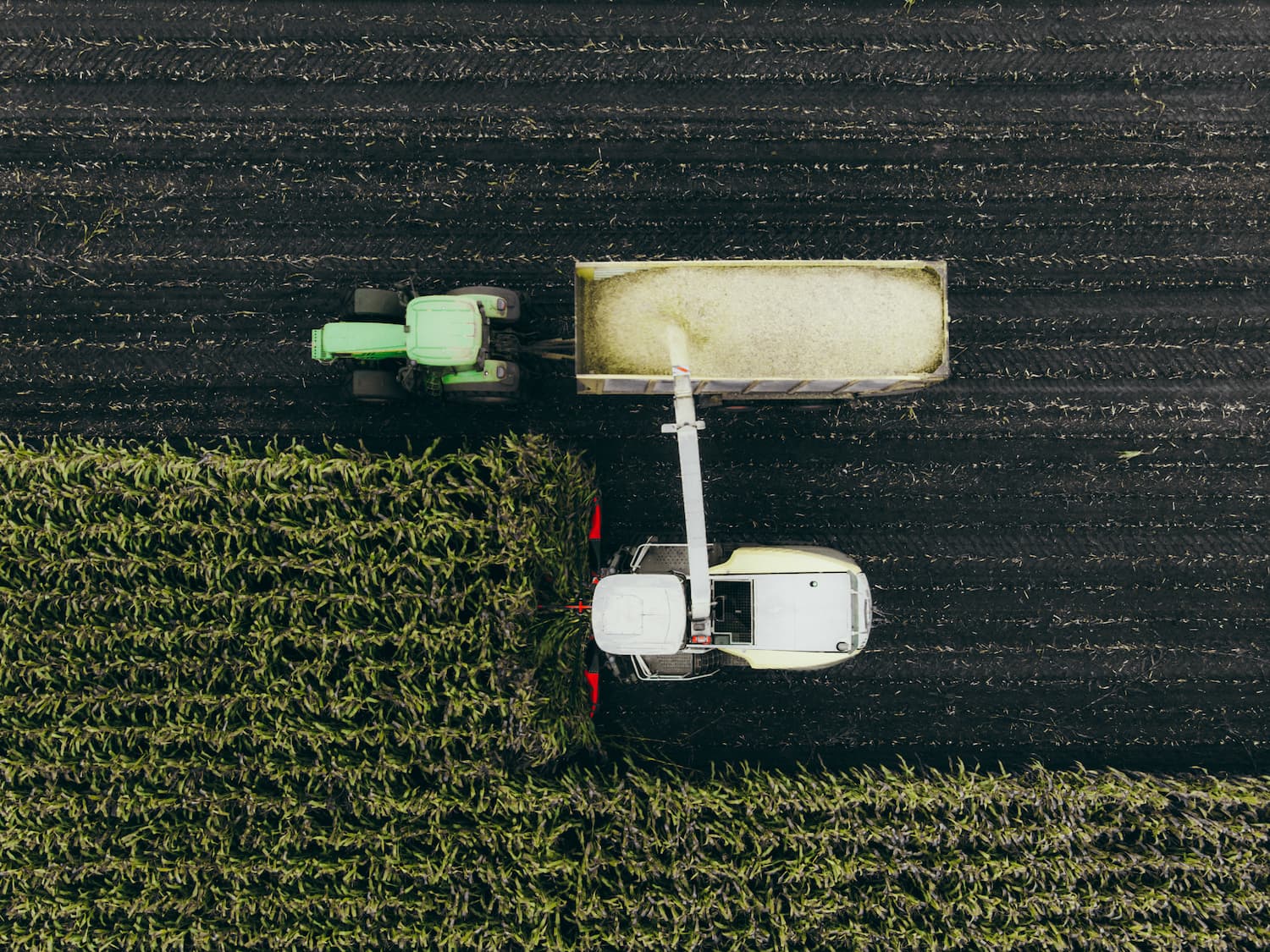EO Capability Benefits
Soil moisture data is essential for irrigation scheduling, water management, groundwater recharge estimation, crop yield forecasting, and drought prediction. It also plays a critical role in determining the proportion of precipitation that infiltrates the ground versus the amount that becomes runoff, providing valuable insights for flood prediction.
EO Capability Description
Soil moisture, also known as soil water content, can be mapped at sensing depths ranging from 5 cm (surface) to 100 cm (root zone) across large areas and even globally using various Earth Observation techniques. The unit of measurement is typically expressed as “cm³/cm³,” representing cubic centimeters of water content per cubic centimeter of soil sample.
Sensors that use passive microwave radiation provide frequent, global measurements and are unaffected by cloud cover. However, they can be influenced by vegetation and terrain roughness. GNSS Reflectometry, an emerging field built on existing GPS infrastructure, offers surface soil moisture information with global coverage.
Soil moisture monitoring is continually evolving. Recently, multi-band Synthetic Aperture Radar (SAR) from Sentinel-1 (C-band) and TerraSAR-X (X-band) has been used in conjunction with optical data from Sentinel-2 to infer soil moisture content at a resolution of 10 meters.
Indicative Cost Range Details
Low resolution soil moisture data, e.g. from NASA’s Soil Moisture Active Passive (SMAP) mission, is freely available.




